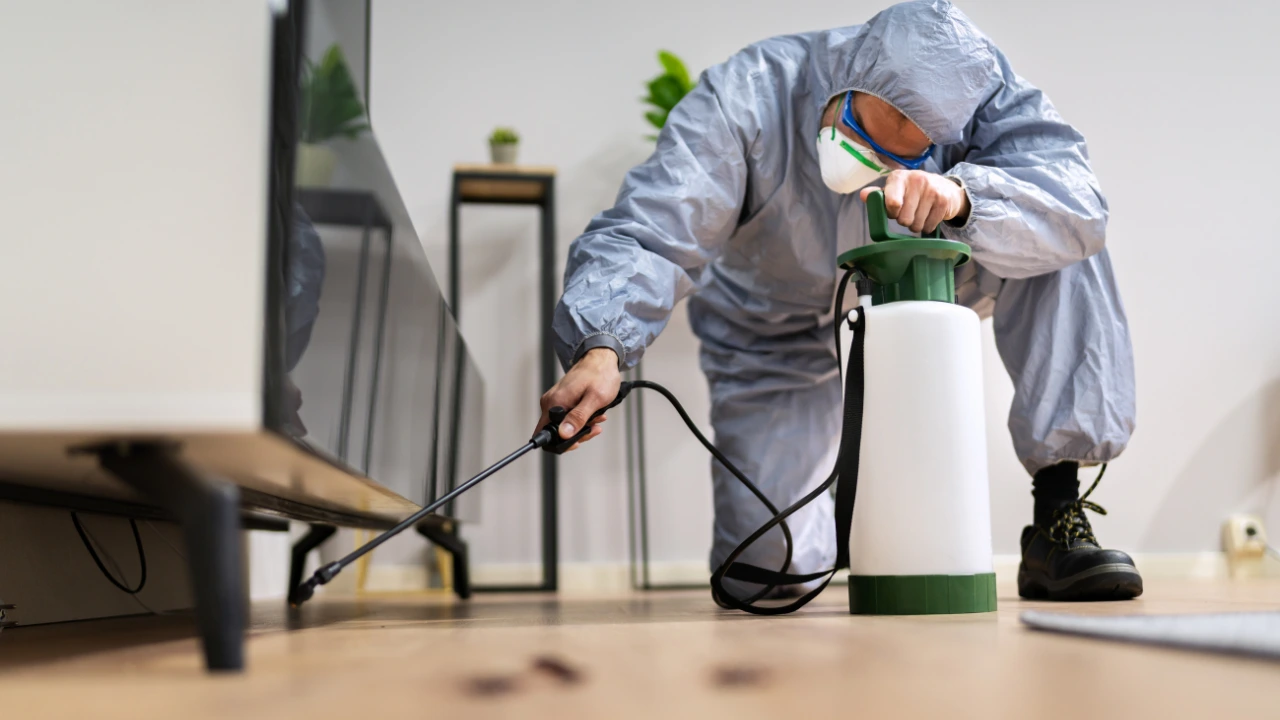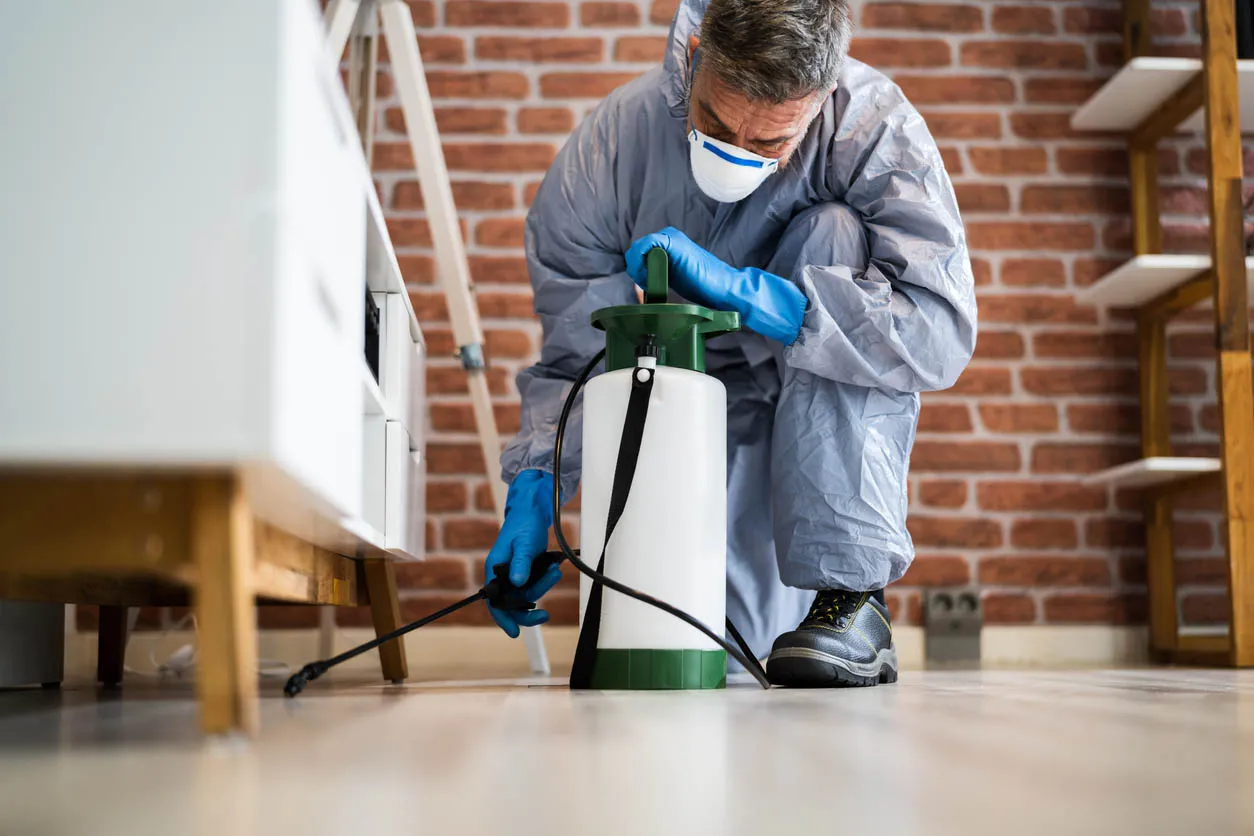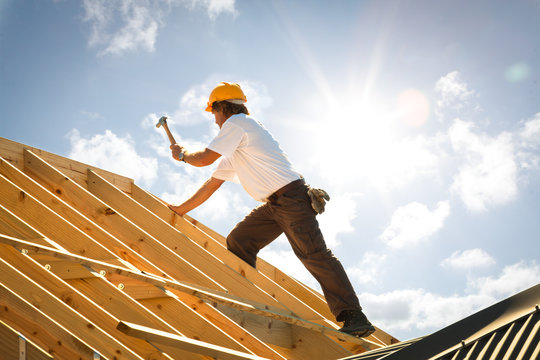Removing animals is only part of the work. What keeps families safe is the follow up that seals entry points and repairs damage. Without these measures, the same problems return quickly. Anyone interested in lasting results can always learn more about proper prevention and repair steps.
What Happens After Wildlife Removal
When animals are gone, signs of their stay remain. Holes in siding, chewed wiring, and stained insulation all create ongoing risks. Cleaning, repairing, and sealing are the next important moves.
Why Repairs Are Necessary
Openings attract new intruders. A small vent gap can invite another squirrel within days. Structural weaknesses also allow moisture, mold, and insects to enter. Repairs close these doors and protect the building from multiple threats.
How To Seal Common Entry Points
- Install metal flashing around roof lines
- Use heavy duty mesh on vents and chimneys
- Patch gaps in foundations with durable materials
- Replace broken screens and damaged siding
These steps remove easy paths animals use repeatedly.
Which Prevention Measures Work Best
Prevention means thinking ahead. Trim tree branches that touch the roof, clear food scraps quickly, and store garbage in secure containers. Regular home checks keep control strong.

What Professionals Add To The Process
Specialists do more than repair. They sanitize affected areas, remove droppings, and apply treatments that reduce odors attracting animals back. Their experience ensures that the repair work lasts.
How Home Damage Affects Daily Life
Living with hidden damage adds pressure to daily routines. Families face unpleasant smells, increased energy bills from poor insulation, and worry about safety. Repairing these problems early restores comfort and reduces stress inside the household.
Practical Role Of Homeowners
Families can support the process by maintaining yards, keeping storage areas clean, and arranging seasonal inspections. Even simple routines lower chances of future visits.
How Fast Should Action Be Taken
Repairs should begin soon after removal. Waiting too long gives animals a chance to return or lets existing damage grow worse. Open gaps, loose boards, or torn insulation can quickly invite new problems. Acting early prevents that cycle from starting again.
Prompt repair not only secures the home but also protects its structure and value. The sooner issues are sealed and restored, the lower the long-term cost. A quick fix now often saves far more than a major rebuild later.
Why Long Term Prevention Matters
Wildlife will always look for safe nesting spots. Homes that stay protected year round remain less attractive. Prevention combined with solid repairs forms a barrier that keeps families safe. For homeowners who want complete guidance, they can learn more from services that specialize in long term protection.





